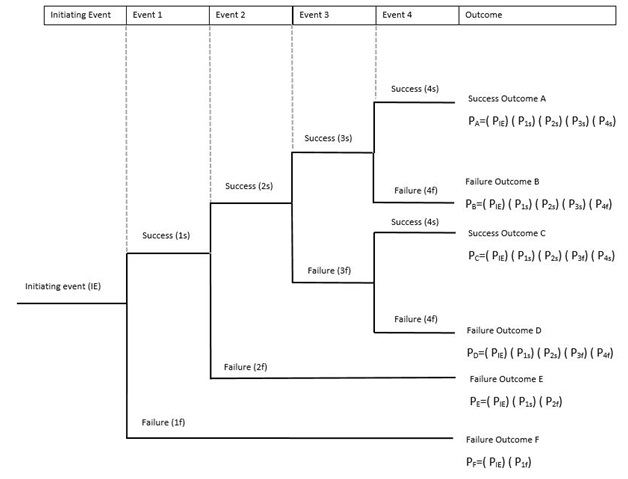Assessing the risks associated with different actions is something that we do every day. Whether it has to do with taking an umbrella because it might rain or taking a medication that has nasty side effects, we are always weighing the risks against benefits, pros and cons. Our lives are full of tradeoffs. Scientists have worked to created procedures for evaluating risk and reward in a formal framework. This is very important because leaders are always trying to decide the best course of action with respect to serious social, environmental and economic issues. Nuclear power is major source of electrical generation in the U.S. and it has a lot of attendant risks. How does the U.S. Nuclear Regulatory Commission assess the risk of a nuclear power plant?
The NRC has three primary questions that it asks when assessing risk.
1. What can go wrong?
2. How likely is it to go wrong?
3. What at the consequences if something goes wrong.
They refer to this set of questions as the "risk triplet." The most important issues to consider are those that have a high likelihood and a serious consequence. After such considerations, analysis moves on to low likelihood and serious consequences. Finally, some thought can be given to low likelihood with low consequences.
The primary tool for risk analysis at nuclear power plants is something called probabilistic risk assessment (PRA). Engineers use mathematical techniques to work out probabilities for the risk triplets. From the outcome of this analysis, an "event tree" and a "fault tree" are created. These "trees" map out sequences of possible occurrences and consequences in a systematic way. An event tree starts with an initiating event and then shows the different ways that subsequent events play out with either a positive or negative outcome. Fault trees are used to consider what the probability is for each of the different event sequences in the event tree.
When a chain of events results in the failure of a system, the fault tree allows the engineers to work through what went wrong at what stage in order for the system to crash. In some cases one of two things might go wrong. In other cases, several things can go wrong together. When working on system design, special attention is given to those possible event sequences that lead to system failure with serious consequences. The most dangerous possibilities receive the most attention in designing a system that is unlikely to fail in those ways.
One problem with the risk assessment process is that sometimes the engineers are simply not aware of some things that could go wrong. Some system failures are a surprise. A second problem is the fact that estimations of the probability of a particular event can be very wrong. Unfortunately, this is a place where politics can enter what should be an engineering question. Sometimes, parties involved in the promotion of a nuclear power plant will deliberately play down dangers in order to gain public support. And, finally, with respect to the third member of the risk triplet, projections of the consequences of system failure at a nuclear power plant are minimized in the name of profits. Risk assessment is a very important part of engineering and should be executed without respect to political or economic consideration.
Event tree example:
